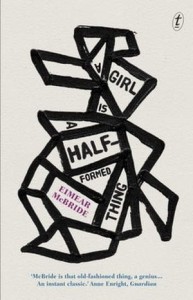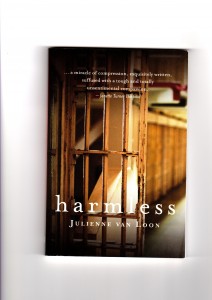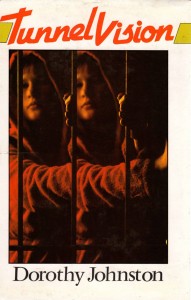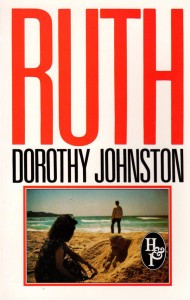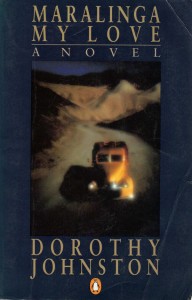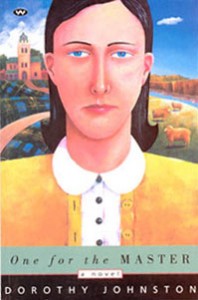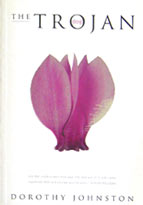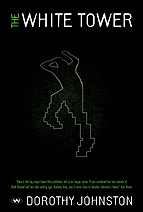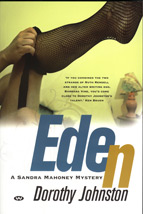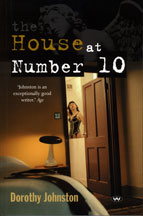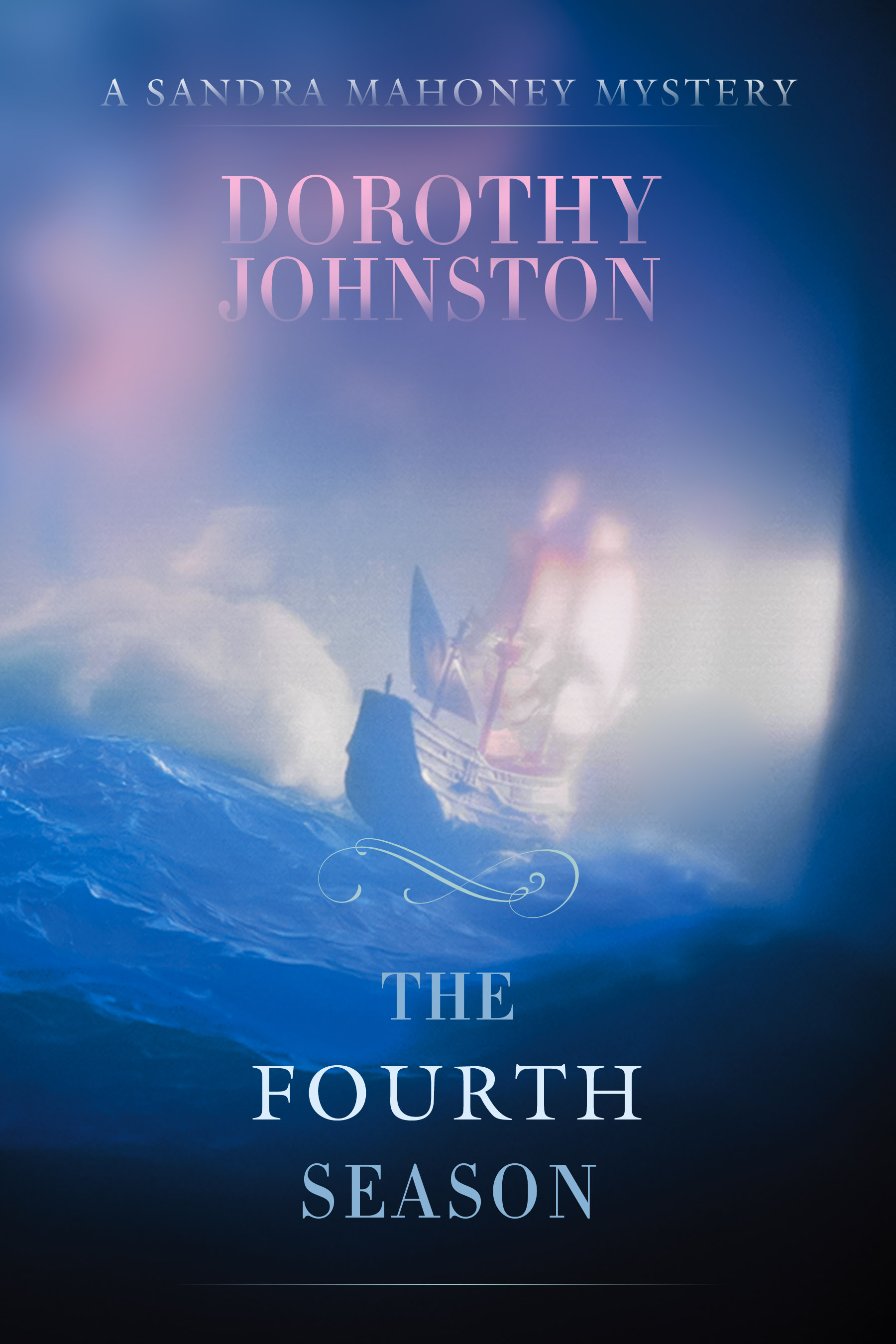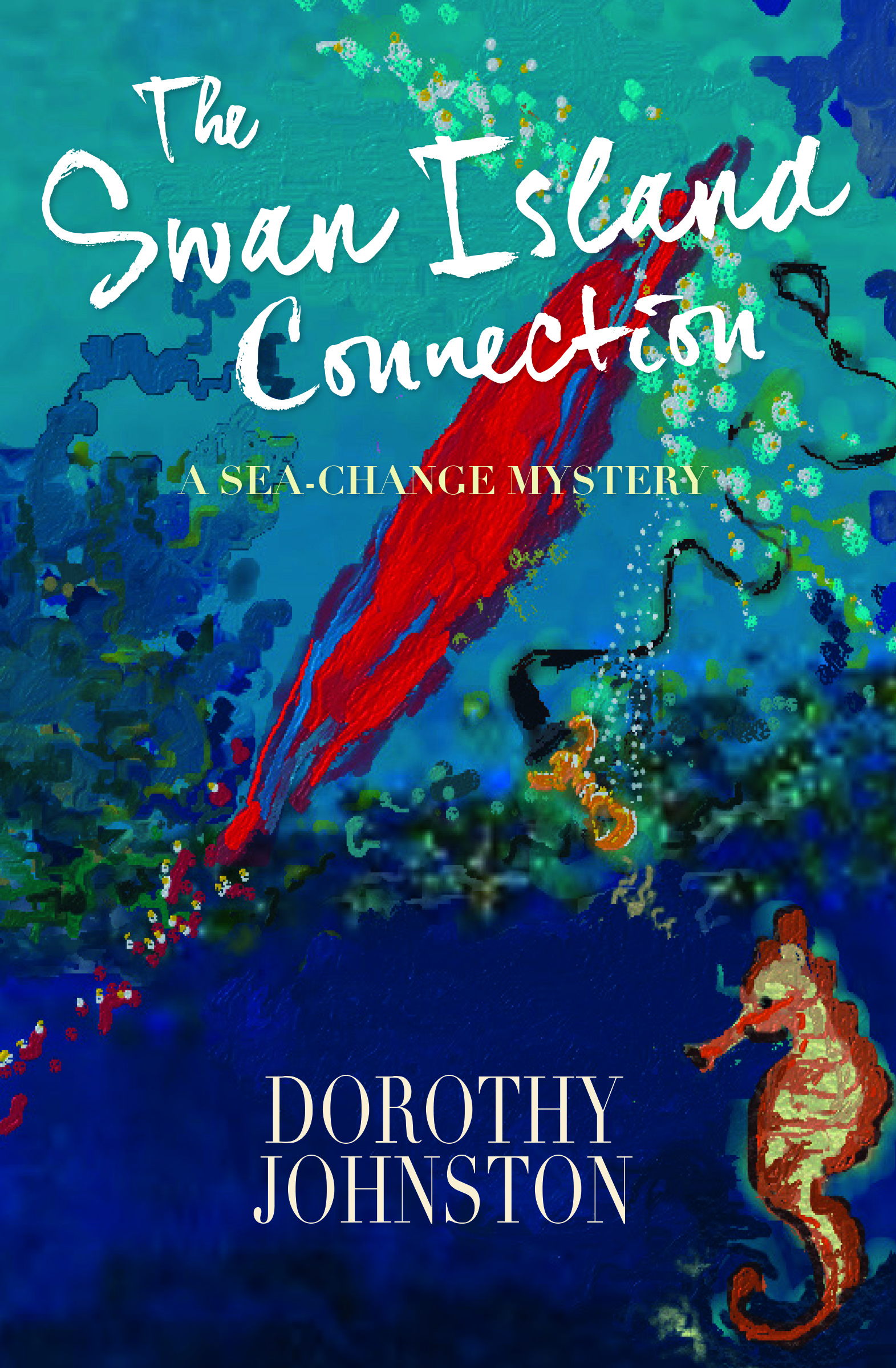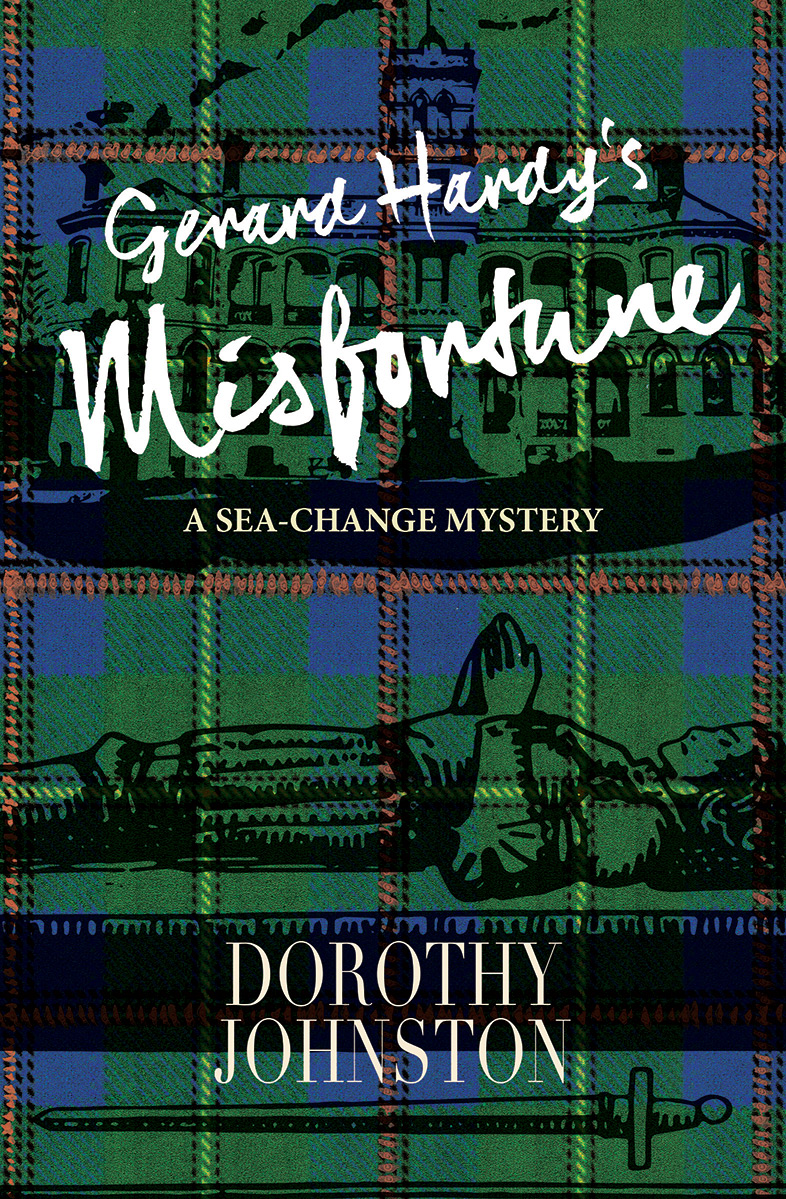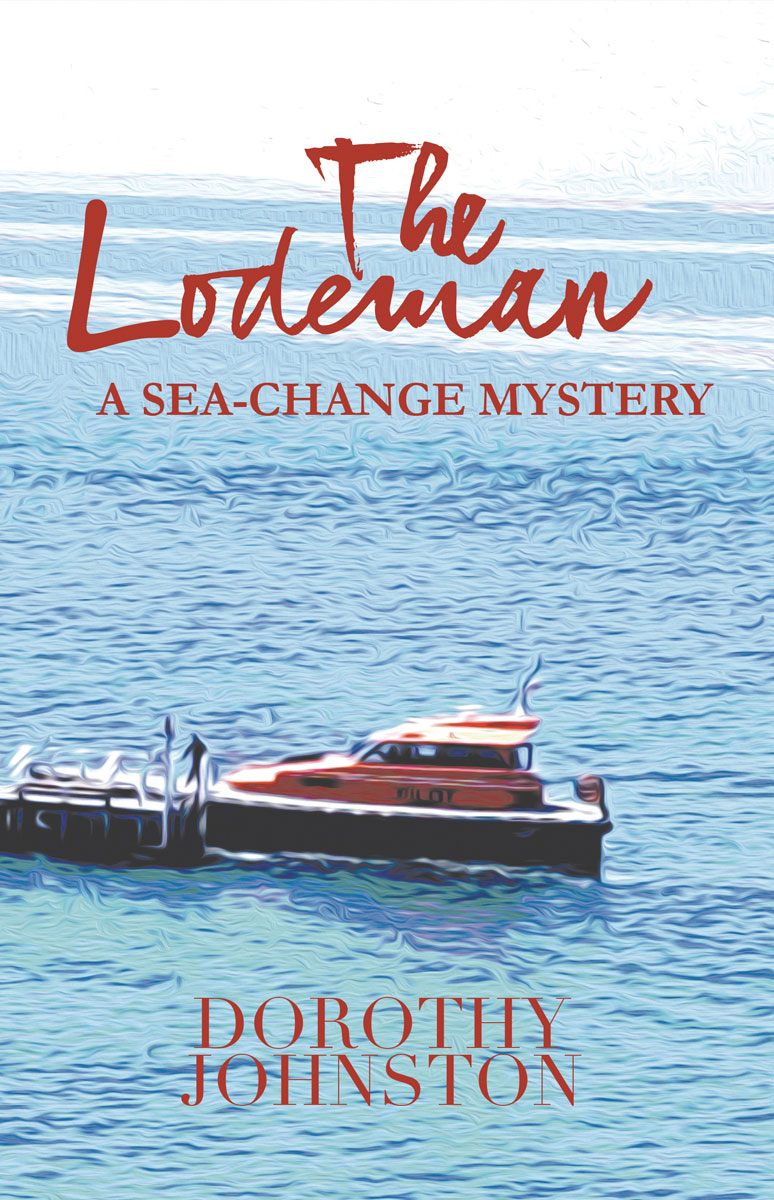I’m proud to say that I’ve been chosen as one of the judges for this year’s Barbara Jefferis Award.
The following information is copied from the Australian Society of Authors website.
‘Barbara Jefferis was a feminist, a founding member of the Australian Society of Authors, its first woman President and, in the words of Thomas Keneally, ‘a rare being amongst authors, being both a fine writer but also organisationally gifted. She was a professional and internationally published writer long before most of us dreamed of such things.
The Award is paid from the Barbara Jefferis Literary Fund, which has been established as a result of a bequest from Barbara Jefferis’s husband, ABC film critic John Hinde, who died in 2006. The Australian Society of Authors is Trustee of the Fund. In 2014 the Award is valued at $50,000.’
And this year ebooks can be submitted, for the second time – the first was in 2012. For the first time, self-published books can also be submitted, subject to conditions detailed in the submission guidelines. As a judge and as an author, I applaud these developments.
The ASA offers its members the chance to publish their own ebooks under Authors Unlimited, and is very supportive, in other practical ways, of Australian writers attempting to understand and navigate the digital revolution.
Most of the time I feel energised and excited by the new possibilities and opportunities. Ebooks have given me, and countless others like me – some formerly published in print and some not – a way to think of the future and an expanded horizon.
I can’t help recalling Miranda, watching the strange, exotic ship on her horizon.
‘O wonder!
How many goodly creatures are there here!
How beauteous mankind is! O brave new world,
That has such people in’t.’
These lines from Shakespeare’s The Tempest are ironic, according to some interpretations, and Aldous Huxley’s Brave New World, published in 1931, famously turns irony into satire. It’s easy to satirise and deride ebook authors and their hopes of setting sail, but I prefer to look on the bright side.
My review of A Girl is a Half-Formed Thing, Irish writer Eimear McBride’s first novel, was published in the Fairfax newspapers last Saturday. The jagged lines of the cover and the apparently haphazard way the blocks are put together echo Mcbride’s prose, which is extraordinary.
I’ve been critical of the current fashion for writing exclusively in the present tense, and have voiced my criticisms here and here.
As with all literary fashions, this one has, while growing in popularity over the past ten years, attracted its share of second-rate imitations. A Girl is a Half-Formed Thing is narrated in the present tense, in fragmentary sentences of the kind that have often stuck in my throat. Maybe this is an obvious point to make, but when a writer of true originality and talent comes along, they make references to fashions irrelevant.
I didn’t have the space to add any of the background to the novel’s publication in my 650 word review, so I thought I would do so now. After years of rejections by UK publishers because it was considered too difficult to sell, A Girl is a Half-Formed Thing was picked up by a tiny independent press. Familiar story? Sadly too familiar. McBride in the end was lucky, which is not to take away from her enormous talent. All her subsequent success is, in my view, wholly deserved.
McBride won the inaugral Goldsmith’s prize for the novel. Tim Parnell, head of English and comparative literature at Goldsmiths College and chair of the judges, said A Girl is a Half-formed Thing was a “boldly original and utterly compelling” novel. It was “just the kind of book the Goldsmiths prize was created to celebrate … Serious discussion of the art of fiction is too often confined to the pages of learned journals and we hope that the prize and the events surrounding it will stimulate a much wider debate about the novel.”
I’ve decided to use this blog post to expand my thoughts on the novella, and to add some new ones.
There’s been much talk of the novella being the perfect form for the digital age, both for reading and adaption to the screen.
‘Given that so much of the world suffers from a rapidly eroding attention span perhaps the novella is overdue for a new breath of life.’ (David Henley)
‘The form of the novella lends itself far more easily to (film) adaptation because of its focus on a single character, its concentration and shorter length. For the digital generation accustomed to the ninety-minute narrative, the novella fits neatly into the limits of the two-hour cinematic time frame.’ (John Dale)
I think many of the current claims made for and about the novella are dubious. In my view, people who enjoyed reading John Grisham on the train in print form will continue to do so on their tablets or ereaders; while those who enjoyed literary novels and short stories will continue reading those. The fact that you can’t finish a blockbuster on a single train journey will be neither here nor there. I’m not so sure about movie adaptions. We will have to wait and see.
But what I am sure about is that a good novella requires the same sustained concentration as the best short stories, and that this is a result both of their compression and their subtlety. Of course, not all of us are capable of sustained concentration on the train or tram, but that’s a separate point. There’s always the alternative of staring out the window, or studying one’s fellow passengers, heads bent over their tablets, or talking on their mobile phones.
I have just reviewed, for Kill Your Darlings, an excellent novella, Colm Toibin’s The Testament of Mary, shortlisted for the Man Booker prize. You can read my review here.
An earlier post on the novella, written when I reviewed Julienne van Loon’s Harmless, can be found here.
I wonder if it’s true that novella writers can’t get away so easily with sloppy construction and banal language as blockbuster writers can, that the tightness of the form somehow precludes this, or is simply not attractive to those who can’t help themselves from becoming long-winded. Alice Munro’s Nobel win may shed more light on fiction’s shorter forms, and there’s a great deal that those who wish to practise them can learn from her.
My review of Julienne van Loon’s novella Harmless was published in the Sydney Morning Herald, the Age and the Canberra Times last weekend, prompting me to think again about the novella as an art form and all that’s been said about it over the last few years. As many readers and commentators have observed, the novella has been enjoying something of a come back, due in part to the digital revolution and in part, in Australia at least, to the Griffith Review novella competition, which received more than 200 entries. Julienne van Loon was a judge of this competition, along with Craig Munro and Estelle Tang.
Harmless exhibits one of the classic features of the novella, in that the action is compressed and tightly constructed – a point I make in my review. But what I didn’t go into – 600 words imposes its own kind of compression – was how that action and those characters are made richer for the reader by the scope van Loon allows herself to explore the characters’ past lives and what has led them to their present impasse.
Harmless could have been an excellent short story, tense and full of a sense of impending doom – not that those qualities are missing from the novella – but it takes longer to reach the climax. It takes its own good time.
While I was writing my own attempt at a novella, called Ashes from the Headland – it made the finals in the Griffth Review comp and you can read more about it here – I was helped in my thinking by an excellent essay called The Novella: Some Tentative Suggestions by Professor Charles May. May talks about various hallmarks of the novella, including ‘an ordered situation broken up by disorder’, a character having ‘to make a choice of nightmares’ and a setting that is ‘cut off from the everyday world of normal reality.’ All of these apply to my novella and to Harmless, a title that contains frightening levels of irony.
It’s a fascinating question, and of course one that will never be answered definitively – how long a work of fiction needs to be in order for the themes and characters to find full and satisfying expression.

